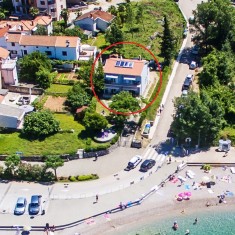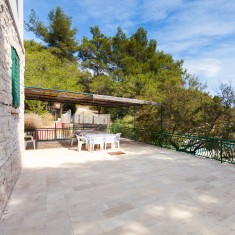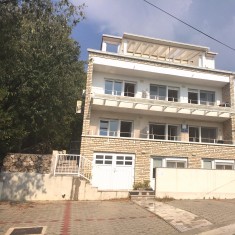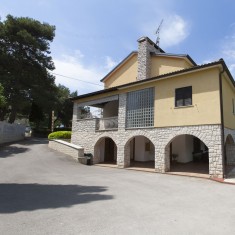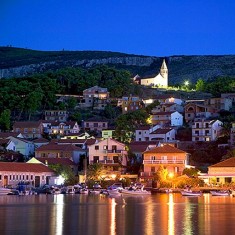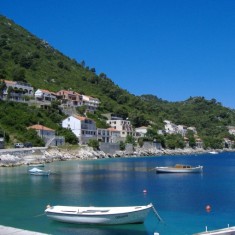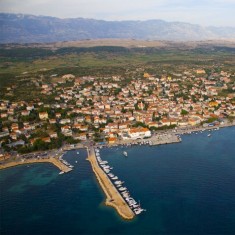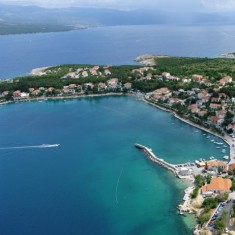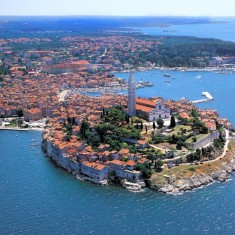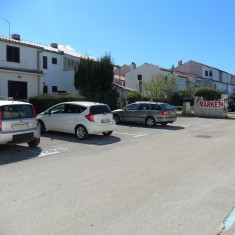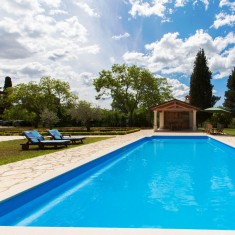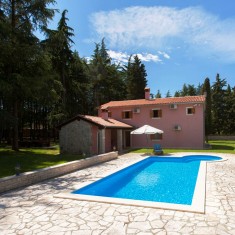North Adriatic
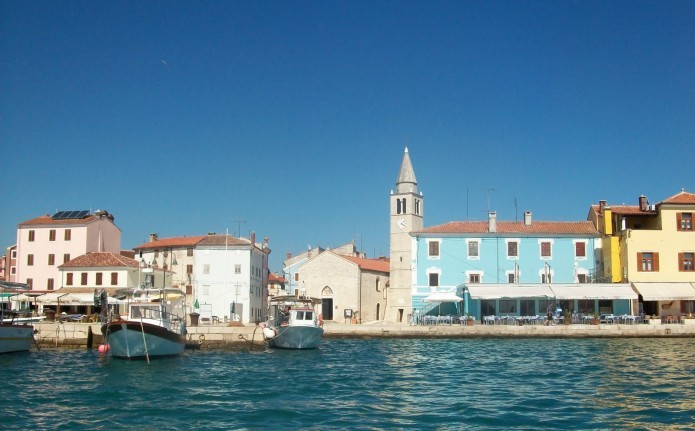
Town Fazana
Published: 03.12.2014 u 20:35
Name Fažana originates from the ancient name Phasiana, related to the pheasant and Vasianum, connected with an ancient skill of producing amphorae, which were used for transporting the famed and celebrated wine and olive oil from the Istrian coast throughout the Roman Empire. The religious life of Fažana dates back to 1150, when first mentioned as a parish. St. Cosmas and Damian are patron saints of Fažana.
During the centuries of Venetian rule, until 1797, Fazana was both a village and town, rural and urban center. Venetian architecture left traces on the site of the old town with its narrow streets, stone houses and typical squares. When the Brijuni Islands began to develop as a modern resort for the elite, Pula started to build accommodation for tourists in several hotels and many restaurants.
In Fažana is also a factory caramel and liqueurs, fish processing factory and shipyard.
Close to Fažana is located Brijuni National Park, which, with its enchanting beauty is a number one destination for many tourists.
After World War II, Brijuni became Tito's official residence and that defined the life of the surrounding area. Many representatives of the state, political leaders and artists from all continents strolled through the, on their way to Brijuni, through Fažana waterfront. Brijuni archipelago was declared a national park in 1983, which gave great importance to tourism Fazana. Figure pheasant future, viewed from the sea, is considering a fervent desire to preserve the picturesque quality of a small fishing town, liveliness cafes and restaurants on the waterfront, and their small harbor.
« Back
Accommodation
Things to Do & See
-
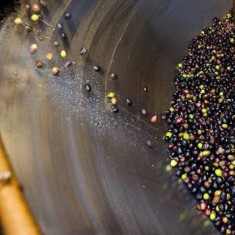
Toc - Olive Mill
Last rustic Mill was built of stone taken from nearby Roman ruins, probably in the 18th century. It contains a monolithic stone wheel, a press for crushing, and "oysters", stone vessels for keeping oil and various wooden containers.
More
-
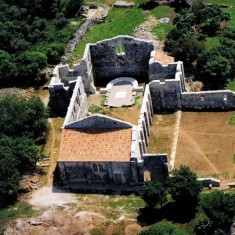
Fulfinum - Ancient Roman City
Fulfinum was a city veterans and wealthy merchants, who lived in a luxurious way. Terme, necropolis, aquqeductus, port prove this claim.
More
-
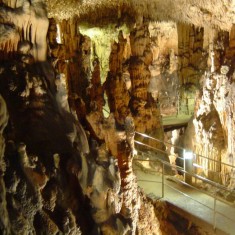
Cave Biserujka, Soline bay with drinking water and mud
On the northern side of the island Krk, immediately after the bridge, the first road to the left, there is a small Cave Biserujka.
More
-
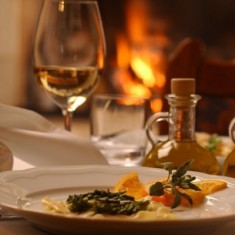
Istrian gastronomy
Istrian gastronomy will delight you with its variety and balance. Sometimes swaying shows its Mediterranean face, and sometimes what Continental easily adapt to the seasons, and round off a superb olive oil and more varieties of great wines.
More
-
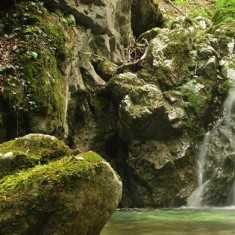
Ucka Nature Park
Učka Nature Park covers an area of 160 square kilometers. For those who want to enjoy the beauty of the mountains, we recommend climbing the highest peak of Učka - Vojak (1401 m).
More
-
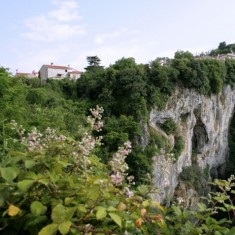
Pazin Cave
A hundred meters below the largest and best preserved medieval castle in Istria, the largest Istrian plunges underground rivers Pazinčica the crater most striking examples of karst evolution in Istria and the wider area.
More
-
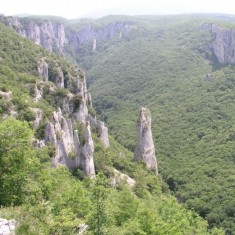
Canyon Vela Draga
Vela Draga impressive canyon on the western slopes of Učka in which atmospheric processes over millions of years created a wonderful place in the Istrian Karst: amazing limestone towers that remain long in the memory and prove once again that the greatest architect - nature.
More
-
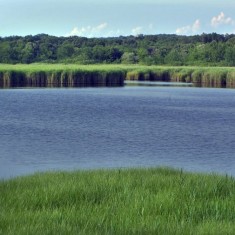
Ornithological reserve Palud
Istrian ornithological gem is located just eight kilometers south of Rovinj and some hundred meters from the sea. On an area of 210 hectares were recorded 219 species of birds, and has a multitude of cultural monuments.
More
-
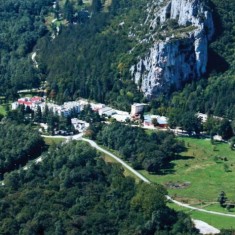
Motovun forest - Istrian thermal
Indigenous forest is extremely valuable in natural sciences, economic, cultural, historical and tourist and recreational site.
More
-
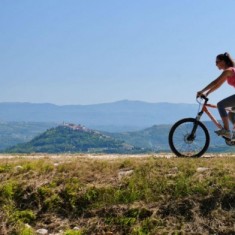
Bicycling in Istia
Spring is the ideal time to enjoy a long bike rides and explore the natural beauty of Istria. On the whole Istrian peninsula, from the mountainous parts to the coast extends even 60 bicycle paths.
More
-
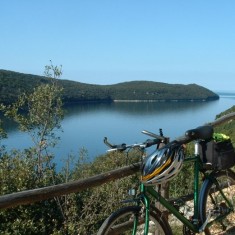
Lim Bay - Romualdo's Cave
Twenty minutes away by car, north of Rovinj, there is a flooded canyon in the karst - Lim Channel, also known as Lim Bay. Lim Channel is part of the 35 km long Lim Valley, which extends almost to Pazin, in the heart of Istria.
More
-
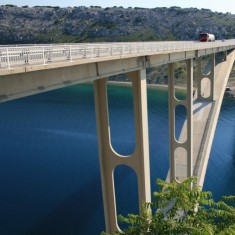
North Adriatic
Spring is the ideal time to enjoy a long bike rides and explore the natural beauty of Istria (North Adriatic). On the whole Istrian peninsula, from the mountainous parts to the coast extends even 60 bicycle paths
More

